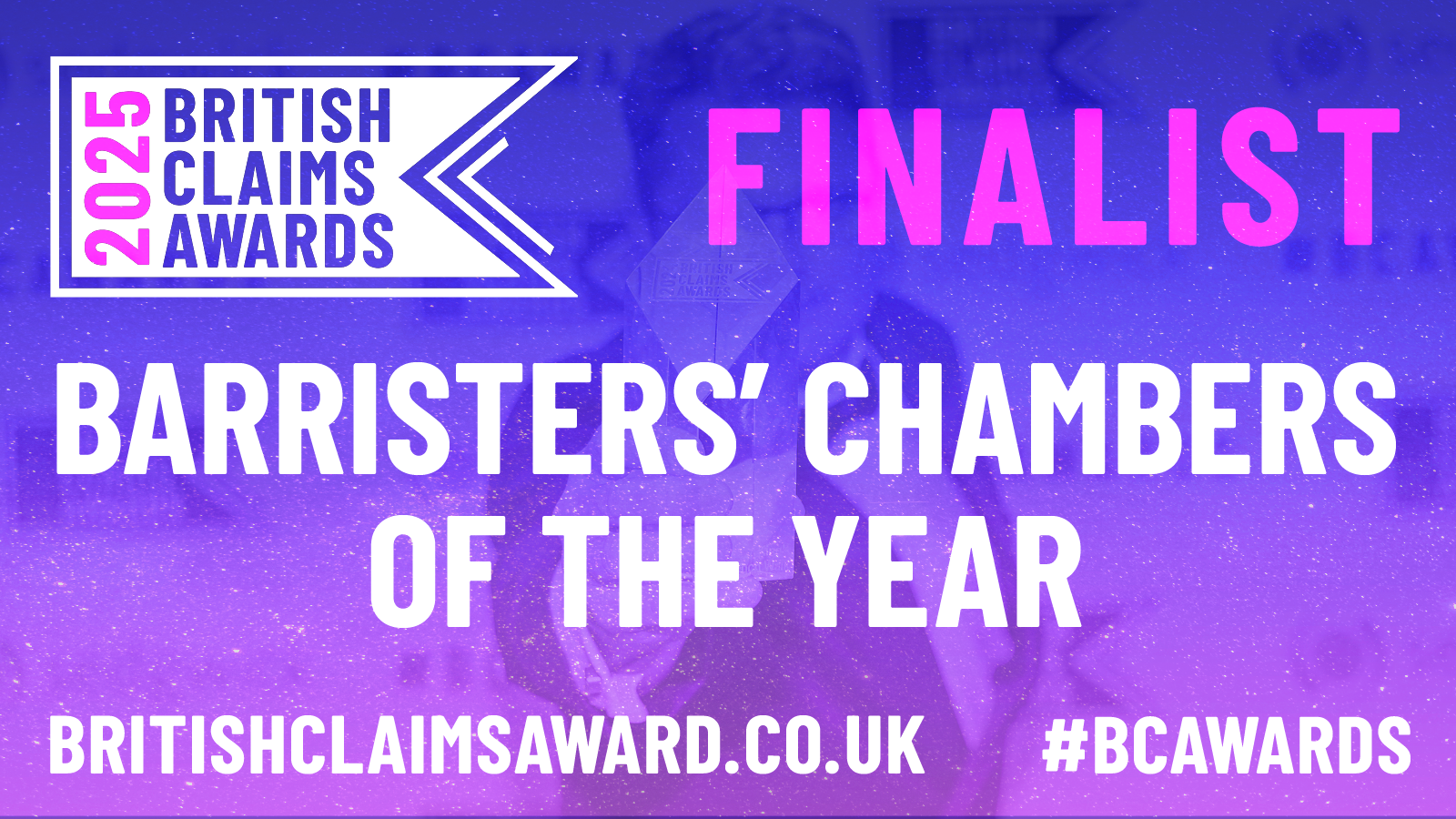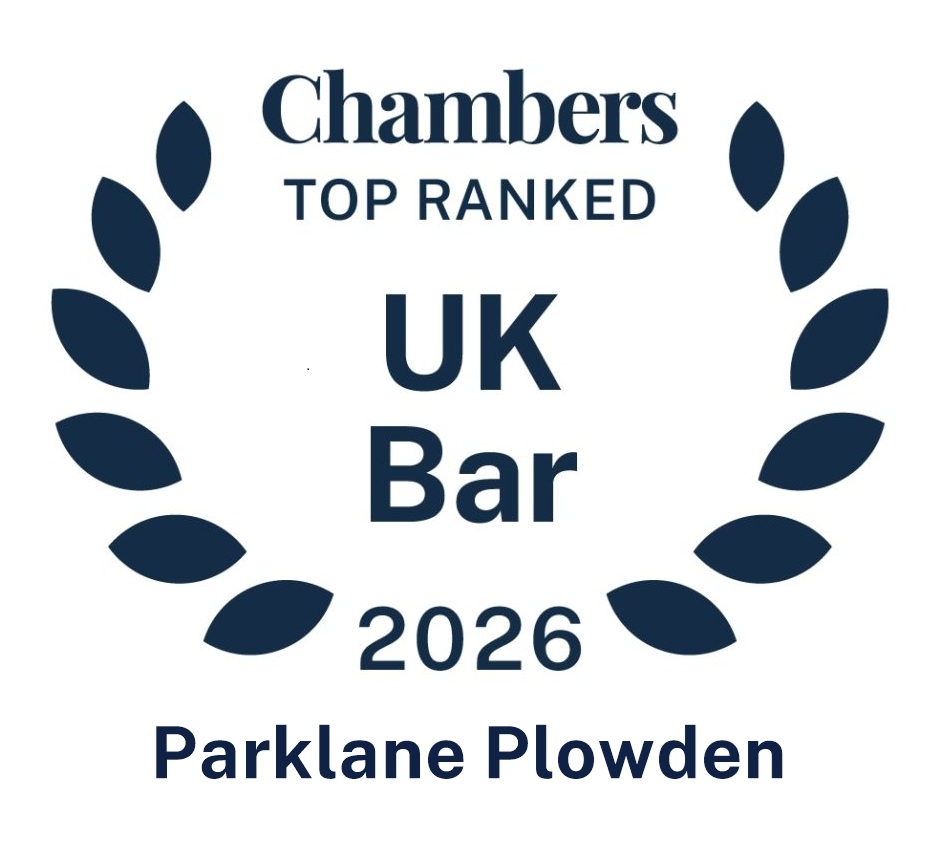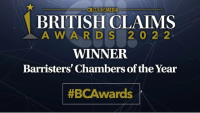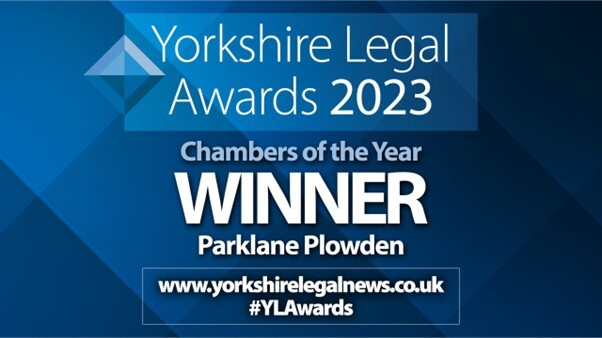“Putting Grindleford on the Map”

Case Note: Bevan v Ministry of Defence [2025] EWHC 1145 (KB) | Jim Hester and Georgia Banks, Counsel for the Defendant
Citation: [2025] EWHC 1145 (KB)
Court: High Court (King’s Bench Division), Manchester District Registry
Judge: His Honour Judge Bird, sitting as a Judge of the High Court
Date of Judgment: 14 May 2025
The full Judgment can be read here:
https://caselaw.nationalarchives.gov.uk/ewhc/kb/2025/1145
https://www.bailii.org/ew/cases/EWHC/KB/2025/1145.pdf
Overview
In Bevan v Ministry of Defence, Jim Hester and Georgia Banks were instructed by the Defendant in a claim for noise-related injury, valued by the Claimant at over £530,000. Though experts in 3 disciplines were cross-examined over the course of the 5-day trial, the case turned primarily on the ENT evidence.
The case provides insight into claims involving alleged ‘acoustic shock’. The claim arose from noise exposure from military vehicle and headset use.
The claim was dismissed following careful analysis of potential mechanisms of causation.
The Court concluded that the Claimant’s tinnitus and asserted psychological injury were not attributable to the conceded breach of duty. In so finding, the Court applied the Grindleford Criteria, the only extant peer-reviewed diagnostic framework for acoustic shock and found that key criteria were not met.
Factual Background
Mr Bevan served in the Household Cavalry Regiment and was involved from 2017 to 2020 in testing Ajax armoured vehicles at General Dynamics in Merthyr Tydfil. During this period, he wore a headset in his right ear, programmed to relay communications and alarms. His case was that prolonged exposure to repeated alarm signals, particularly the CBRN alarm, caused him to develop tinnitus and associated psychological injury.
While breach of duty was admitted by the MoD, causation and quantum were in dispute. Notably, the claim underwent an evolution: it began as a noise-induced hearing loss (NIHL) case, but by trial was premised on acoustic shock.
Medical Expert Evidence – Causation
The Court accepted that a mechanism of injury was required to prove causation:
‘…hearing loss and tinnitus can (and often do) occur without any injury or fault at all. The cause of these issues may be very difficult to identify. The ENT experts agree that “a significant number of individuals with hearing loss/ tinnitus never have an underlying cause diagnosed, even with the very best investigation.”’
Three mechanisms as to causation were considered:
- NIHL was ruled out. The experts agreed that audiometric evidence did not disclose the configuration required to meet the diagnostic criteria set out in Coles, Lutman and Buffin (2000). There was no high-frequency ‘notch’ or ‘bulge’, and no argument to the contrary was advanced at trial.
- Acoustic trauma was also excluded. There was no evidence of a single, acoustic event which was sufficiently loud to meet that diagnosis.
- Acoustic shock was the only remaining possibility. However, it had not been referred to during proceedings until only a few weeks before trial.
The only papers available to the court which referenced acoustic shock were those written by Parker et al (2014[1] and 2020[2]).
One of the authors of these papers, Mr Andrew J Parker, was the ENT expert for the Defendant in this case.
Mr Parker had also been the ENT expert instructed (on that occasion by the successful claimant) in Royal Opera House Covent Garden Foundation v Goldscheider [2019] EWCA Civ 711.
The Parker 2020 paper advance the ‘Grindleford Criteria’ as an objective method when considering a diagnosis of acoustic shock. These are the only known criteria for diagnosis of acoustic shock.
Importantly, these criteria were accepted by the court in Bevan, and so the court considered the case against these guidelines.
The Grindleford Criteria and their Application
The Grindleford Criteria comprise four core elements (G1 – G4):
| Criterion | Requirement | Court’s Finding |
| G1 | A defined acoustic incident | Not satisfied – Exposure described was repetitive and generalised. There was no discrete incident sufficient to engage the test. |
| G2 | Symptoms commencing immediately or shortly after the incident | Not satisfied – The court found that the onset of tinnitus occurred about 2 – 4 months after exposure ended. |
| G3 | Symptoms exceeding normal physiological or startle responses | Satisfied – The experts agreed that the Claimant’s tinnitus could meet this threshold. |
| G4 | Symptoms arising from the exposed ear(s) | Not satisfied – The Claimant ‘s tinnitus was bilateral. However, the exposure which the Claimant’s expert considered may have caused the acoustic shock was exclusively right-sided. Bilateral symptoms were inconsistent with such exposure unless the tinnitus was of sufficient magnitude – which the court found it was not. |
The criteria also note that there may be significant psychological overlay or relationship to illness behaviour.
The failure to meet G1, G2 and G4 was, therefore, fatal to the acoustic shock claim.
The Court accepted Mr Parker’s evidence that a qualifying event under G1 must be “memorable… enough to produce a startle and a shock”. None was identified.
Further, G2 requires at least some symptoms temporally proximate to the identified event, even if full manifestation is delayed. Again, this feature was missing in the case.
On G4, the Claimant’s tinnitus was bilateral. As Mr Parker explained, this would only be consistent with right-sided acoustic shock if the tinnitus were catastrophic or at the top-end of severe, which the court accepted it was not.
Absent a physical acoustic injury, the psychological sequelae could not be causally linked to the previous noise exposure.
Conclusion
The Court concluded:
- The Claimant did not suffer acoustic shock, NIHL, or acoustic trauma.
- His tinnitus began after the exposure period and so could not be attributed to it in any event.
- The subsequent conversion disorder was not caused by the Defendant’s breach.
- The claim was accordingly dismissed.
The Judgment makes clear that while acoustic shock may be a real clinical entity, its diagnosis requires rigorous and structured analysis and that the Grindleford Criteria offer the appropriate method for that assessment. Generalised or ambient noise exposure, however persistent, will not suffice without a defined event, temporal proximity, and lateral consistency.
Key Practice Points
- The Grindleford Criteria are likely to become the standard means of assessing acoustic shock claims.
- Absent a provable mechanism for injury, the fact that there had been negligent exposure and that there was an ENT-related condition is insufficient for causation to be made out.
It should be noted that the Claimant sought permission to appeal from the trial judge, which was refused. The Claimant indicated that an application for such permission will be renewed at the Court of Appeal.
[1] William Parker, Victoria Parker, Glynn Parker & Andrew Parker (2014) ‘Acoustic shock’: A new occupational disease? Observations from clinical and medico-legal practice, International Journal of Audiology, 53:10, 764-769, DOI:10.3109/14992027.2014.943847
[2]Parker, W. A. E., Parker, V. L., Parker, G., & Parker, A. J. (2020). Acoustic shock: an update review. The Journal of Laryngology & Otology, 134(10), 861–865. https://doi.org/10.1017/S0022215120001991














